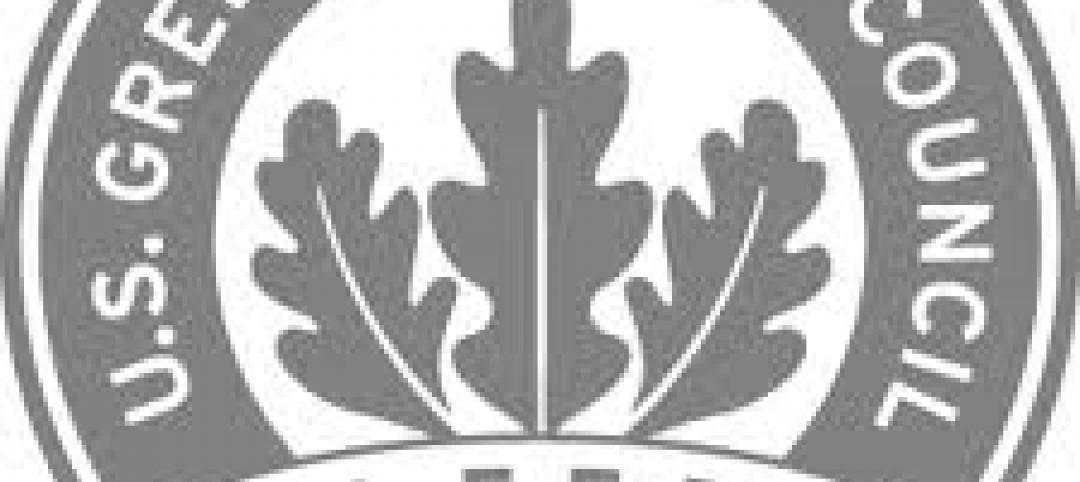The LEED Dynamic Plaque could aid certified buildings in maintaining performance with up-to-date information about water and energy use, waste reduction efforts, occupant experience, and other green performance categories. The USGBC released the dynamic plaque tool earlier this year so that property managers can have better information to monitor a building’s performance and make improvements to boost the property’s LEED score.
The plaques are publicly displayed within a building and can be viewed by anyone. The devices are meant to encourage more interaction with occupants, owners, and investors on a building’s LEED status.
As more asset managers want to know if potential acquisitions are LEED-certified, they may also be interested in monitoring performance when they consider purchasing properties or renewing leases. With continuous monitoring, the LEED Dynamic Plaque allows investors, asset managers and even tenants to demand an actively managed LEED score within a certain range.
A company’s real estate team can ask landlords to more frequently report on sustainability targets at each location, as well as conduct regular occupant satisfaction surveys. They can ask that the LEED Dynamic Plaque score never drop below a certain score, or that occupant satisfaction never dip below a certain percentage. This will help to ensure that LEED certified buildings are properly maintained and being operated as intended in the design.
(http://www.greenbiz.com/blog/2014/07/22/what-makes-leed-dynamic-plaque-game-changer)
Related Stories
| Dec 7, 2012
Georgia court limits contractors’ ability to foreclose on liens
The Georgia Court of Appeals ruled in 182 Tenth, LLC v. Manhattan Construction Company that lien claimants such as contractors, subcontractors, and materialmen, may not foreclose on a lien that includes unpaid general condition costs.
| Dec 7, 2012
San Francisco real estate records will include ‘green labels’
Ecologically-sustainable building practices, or “green labels,” will now be included on official land records maintained by San Francisco.
| Dec 7, 2012
Tokyo’s Green Building Program has reduced power consumption by 20%
Tokyo city officials calculate that its Green Building Program reduced energy consumption by 20% since its inception, a statistic they identify as the reason the power stayed on during the 2011 earthquake.
| Dec 7, 2012
New flexible options make achieving LEED certification easier on projects outside the US
A new set of Global Alternative Compliance Paths, or Global ACPs, are now available for all commercial projects pursuing LEED green building certification using the 2009 versions of the rating systems.
| Nov 29, 2012
New York contractors say they will pay tax despite a court ruling that the tax is unconstitutional
The New York Building Congress says it will voluntarily pay a tax declared unconstitutional by the courts because, it says, the money is vital to maintaining the city’s transportation infrastructure.
| Nov 29, 2012
Storms like Sandy highlight the need for stricter codes, says insurance expert
Experts on insurance, weather, and catastrophe modeling say the role of climate change in Hurricane Sandy and future storms is unclear.
| Nov 29, 2012
Quake simulation to test concrete building's strength in California
Researchers aim to gauge how buildings constructed with reinforced concrete withstand an earthquake by conducting a simulation test at a two-story building built in the 1920s in El Centro, Calif.
| Nov 29, 2012
AGC offers stormwater compliance webinar
An effective document management system is necessary to stay in compliance with new and forthcoming stormwater runoff requirements, says the Associated General Contractors of America.















